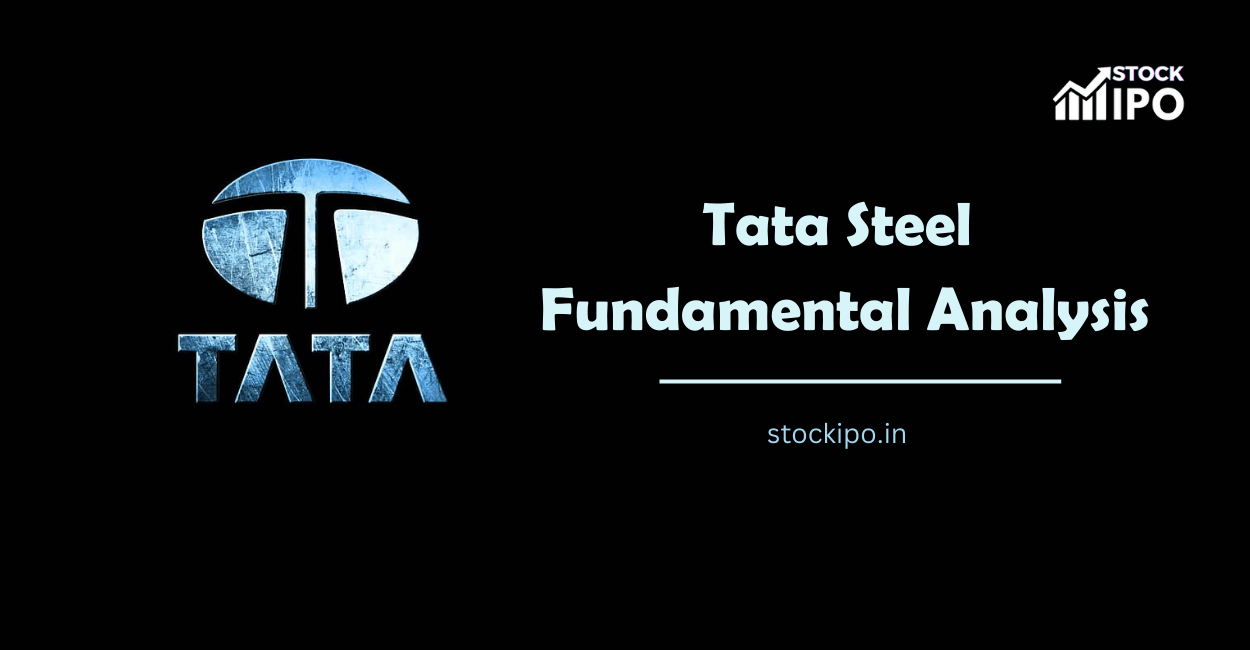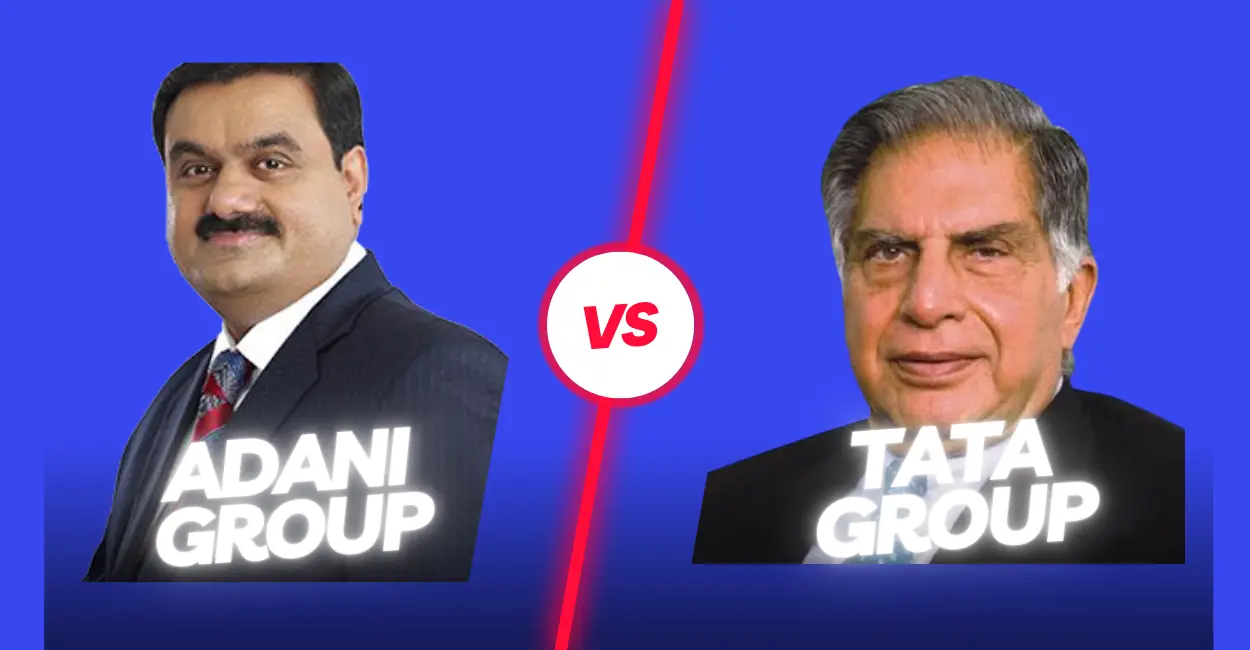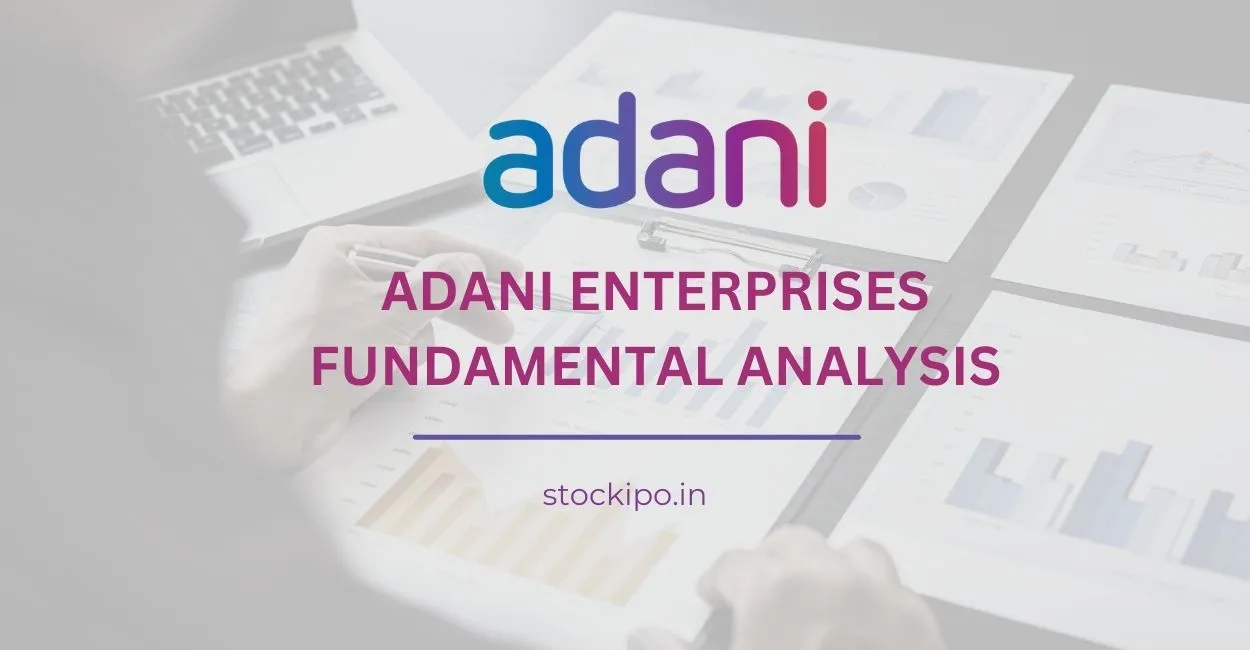The financial year 2022-23 is about to end in a few days, and it is time to look back at the fundamentals of some companies and decide on the strategy and expectations for the new financial year. In the article below, we discuss all about Tata Steel through the years and the Steel Industry as a whole itself.
The article is divided into the following segments –
- Industry Analysis
- Company Overview
- Tata Steel- Quantitative Analysis
- Comparison
- Highlights
- Conclusion
We shall directly jump into the contents now, starting with Industry Analysis.
Industry Analysis
Tata Steel, also clear from the name, is from the Steel Industry. The steel industry is the backbone most of the economies. The growth of the steel industry is not only an indicator of the growing infrastructure of the country but also the improving production of the country in terms of steel.
The finished steel consumption of India is expected to reach 230 MT in 2030 from 133 MT in the year ending 2022. Investments not only domestic but also international in the sector have been increasing in the past few years the major reason being the increased focus on infrastructure in the country.
Budget Highlights
In the Budget 2023-24 announced by the Finance Minister, the allocation to Urban Infrastructure Development Fund is Rs. 10,000 Crores, which shall lead to an easy allocation of funds for infrastructure development for Tier 2 and Tier 3 cities, ultimately increasing the demand for steel.
Further, there was an increase of 33% in CAPEX allocation, to 3.3% of the GDP, and Rs. 2.4 Lakh Crore for Railways, again indicating the increase in demand for steel in the country in a short span of time.
Company Overview

Tata Steel was founded in 1907 as TISCO, which means Tata Iron and Steel Company Limited. Founded by Jamsetji Tata in Jharkhand. The company is the biggest steel company in India, also has a significant presence across the globe, and has an employee base of over 65,000 employees.
The company’s manufacturing facilities are in India, the UK, the Netherlands, and Thailand. The raw material mines of the company are in India and Canada.
The consolidated crude steel production capacity in India stands at 20.6 MnTPA, the manufacturing facilities for which exist in Jameshdpur and Gamharia in Jharkhand, Kalinganagar and Meramandali in Odisha. Other than this the company also produces industrial by-products. Tata Steel also has Ferro Alloys and Minerals division and a heavy-duty engineering and fabrication unit.
Specifically in India, the company has an end-to-end value chain that ranges from mining to finished steel commodities, fulfilling the segments such as construction, general engineering and automotive.
The competitive advantage that Tata Steel possesses is low-cost steel production in the country. The Raw Material division of the company supplies 100% of iron ore and nearly 21% of the clean coal requirements for steel manufacturing facilities in India. They also operate in manganese and chromite mines.
Tata Steel – Quantitative Analysis
The steel prices during the year ending 2022 were high which proved to be favourable for the companies in the sector, making it one of the best years for the companies in the steel industry.
Looking straight at the numbers in the following table –
| 1-year | 5-year | 10-year | |
|---|---|---|---|
| Revenue | 55.91% | 16.79% | 6.26% |
| Net Profit | 436.08% | 62.89% | 22.24% |
- Being steel, and requiring long periods of production and extraction, more focus on the long-term growth of the company seems logical. The company gave a 6.26% CAGR in its revenue, far ahead of the industry average of just 3.7%.
- On the same track, the net profit CAGR of the company also portrays a positive picture of the company. The one-year CAGR of both revenue and net profit indicates a good year for not just Tata Steel but also other companies in the steel industry.
- Tata Steel is possibly one of the most undervalued stocks in the industry, as most stocks in the industry are. The Price-to-Earnings ratio of 7.77 says it all.
- The Debt to Equity ratio of the company has been decreasing and improving especially in the past 5 years.
- Following are the Return Ratios of the company indicating high moving returns, especially on equity and assets of the company.
| Return Ratios | March 2022 | March 2021 | March 2020 |
|---|---|---|---|
| Return on Equity (%) | 35.08 | 10.19 | 2.18 |
| ROCE (%) | 28.31 | 12.69 | 5.79 |
| Return on Assets (%) | 14.06 | 3.05 | 0.62 |
Comparison
- Tata Steel holds the second highest market capitalization at present at Rs. 130827 Crores after JSW Steel.
- The company is the only company having iron-ore mines and also owns coal mines which satisfy about 20% of the demand domestically.
- Both the Net Profit and Revenue growth of the company has been the highest among its competitors in the past 3 years.
- The quarterly figures of JSW Steel and SAIL Ltd. show a better picture as compared to Tata Steel, however, Tata Steel still maintains its position among the top when seen in fundamental terms and long-term results.
Highlights
- The company had achieved its highest-ever EBITDA of Rs. 63,830 Crores with a growth of 107% and a healthy margin of 26%.
- The capacity expansion of Tata Steel Kalinganagar is also under process which will increase its production capacity from 3 MnTPA to 8MnTPA.
- The amalgamation of Bamnipal Steel Limited and Tata Steel BSL Limited with Tata Steel was also recently concluded successfully.
- The company also successfully completed the acquisition of Neelachal Ispat Nigam Limited in the second quarter of the year 2022-23, along with the divestment of its stake in NatSteel Holdings Pte Limited, Singapore.
- Tata Steel also separated the UK and Netherlands operations in October 2021. The two will now operate as separate companies with unique strategies and paths.
Final Thoughts
The immense opportunities for the steel industry are already being realized and so is the potential of Tata Steel. The company, with its strong fundamentals and the brand Tata, has many upcoming opportunities and projects coming up, which can no doubt take the company to new heights and many more milestones to come.
The major drawback the company has been facing and may also experience some increased pressure in the future is its carbon utilization. Many international groups are centring their discussions around carbon emissions and improving their numbers soon.
India too is among the top participants in such discussions and hence this increasing pressure not just domestically but internationally too can force the company to change its long-used methods and try something new sooner or later to adapt itself to the need of the hour globally. These changes may put a heavy impact on the operations of the company.
Nevertheless, Tata Steel could end up being the best company in the industry in all aspects in the near future.







